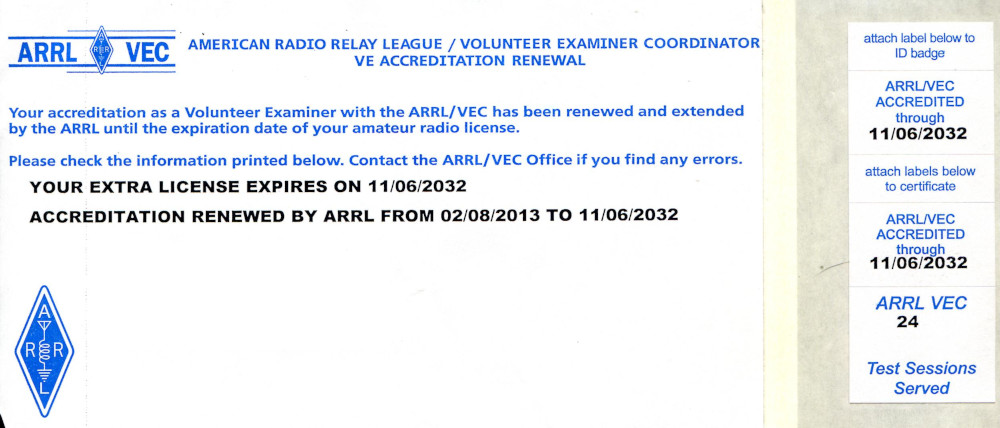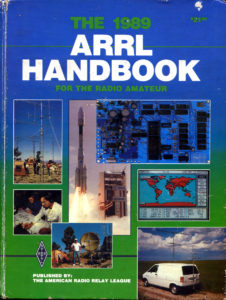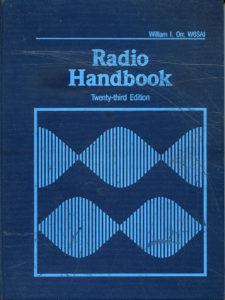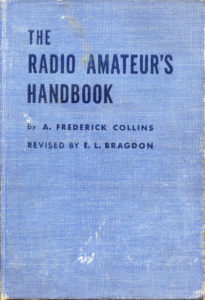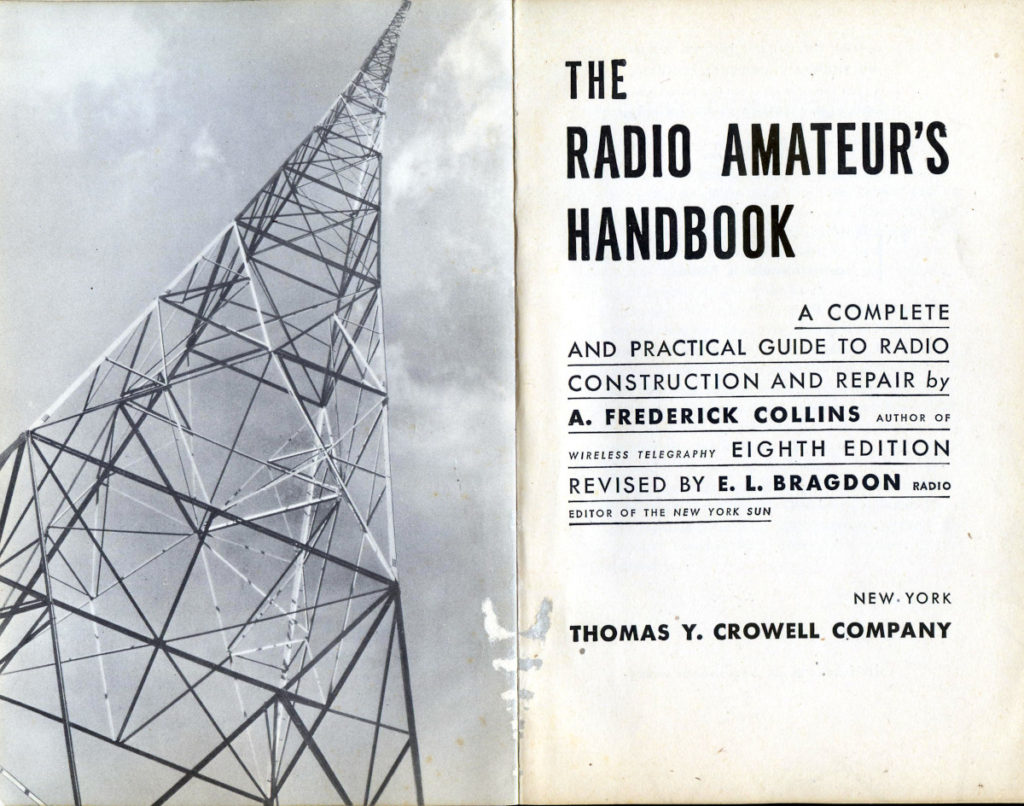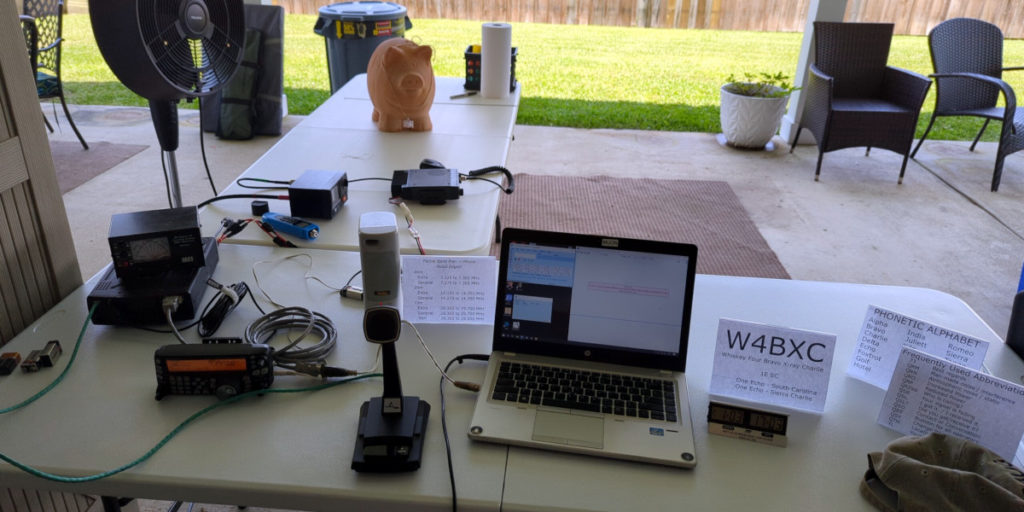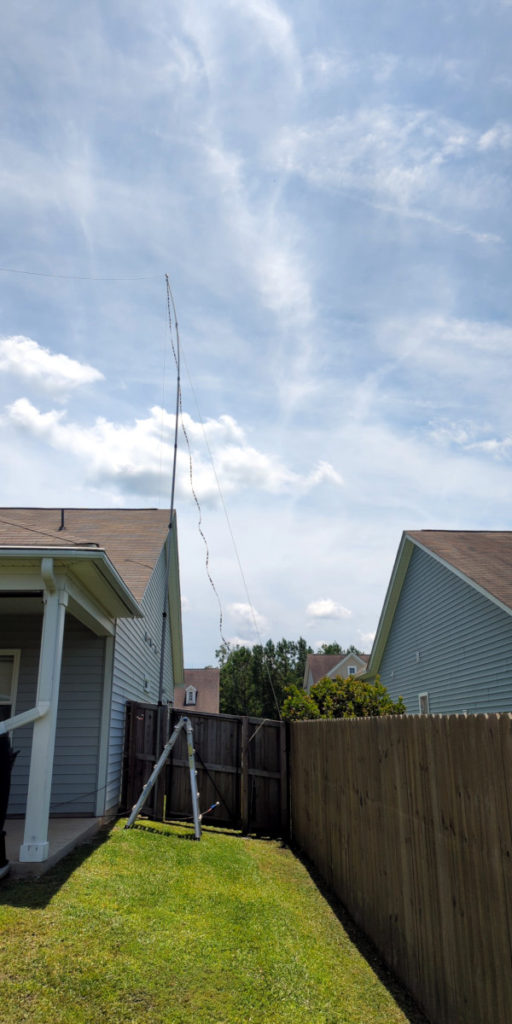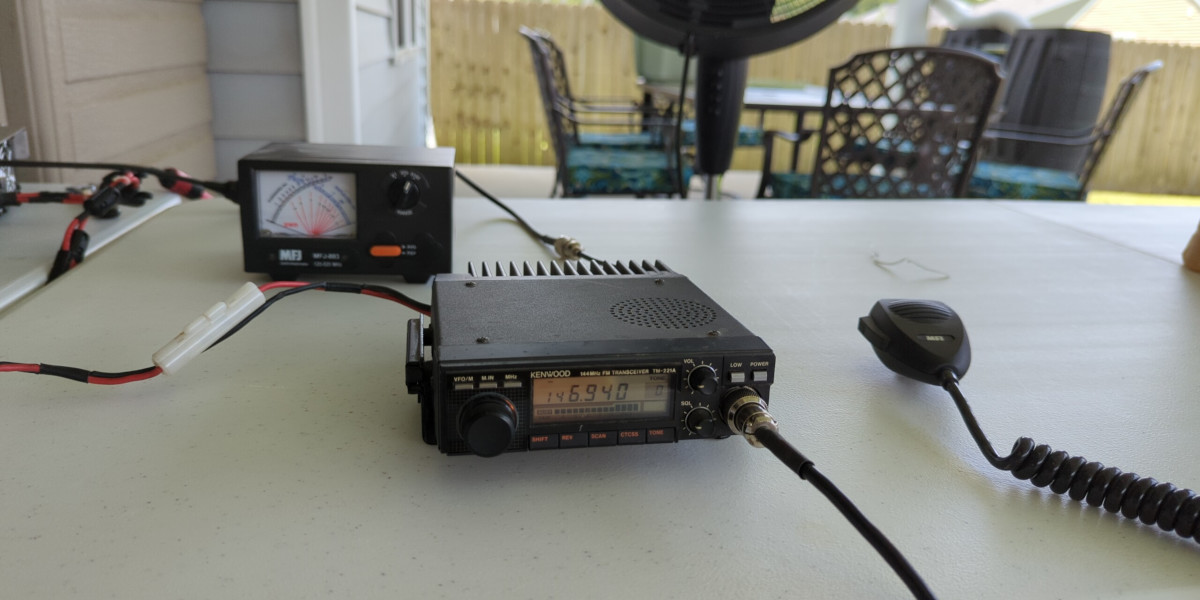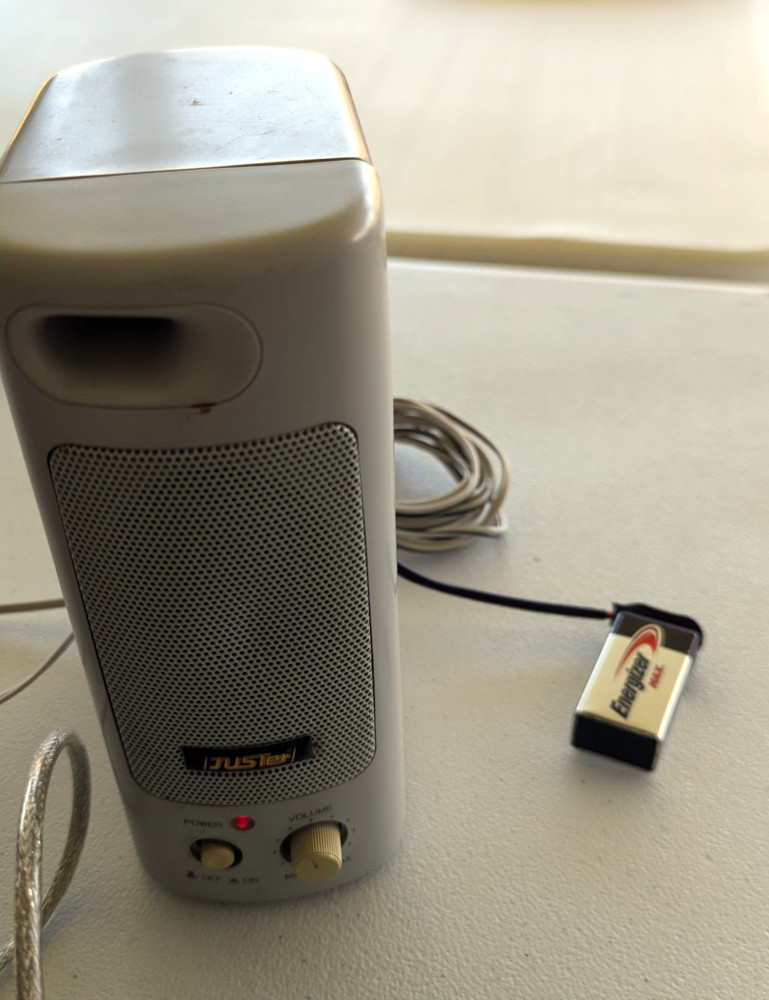Back in August, I submitted my first amateur radio license renewal (US amateur radio licenses expire after 10 years). Getting a vanity call sign after passing the Amateur Extra test pushed the expiry date from June to November so once I was within the 90 day window of being able to renew, I went forth with renewing my license.
License renewal is easy enough to do yourself, but if you run into problems or just want to offload the paperwork to someone else, any VE team can give you a hand. Since I’m a VE with the Laurel VEC (and a few other VECs as well), this seemed like a good opportunity to learn the process.
If you do the license renewal yourself through the FCC (should be a pretty simple process), there’s no charge aside from the Congress-mandated $35 fee the FCC charges. License renewal through a VEC is also a pretty simple process (the VEC may charge an additional fee on top of the $35 FCC fee).
If you need or want to do your license renewal through a VEC, find a VE team. A local team might be easier since there will be some paperwork to sign, but it doesn’t have to be. Get in touch with them and let them know you want to do a license renewal. They may have you come in to their next exam session, or more likely just ask for your call sign. The VE will look up your call sign, generate a FCC 605 application form with all the pertinent information on it, and have you review and sign the form. If the VE team charges a fee, pay them. Then the VE team submits your paperwork and depending on the VEC they’re affiliated with, you should receive an email from the FCC with instructions on how to pay the $35 fee within a day or two, or a week at the latest (make sure to check your spam/junk folder). Pay the $35 fee (the FCC email contains all the instructions for how to pay), and by the next business day, your license should be renewed! The FCC fee needs to be paid within 10 calendar days of when the FCC sent the email or your application will be dismissed. If that happens, you’ll have to contact the VE team to ask them to resubmit the application.
Along with renewing my license, I needed to make sure my ARRL VE credential was also updated with a new expiry date. This also was a pretty easy process. From the ARRL VE page,
ARRL accreditation renewal is automatic for ARRL VEs who maintain a current address, contact phone number and/or email address on file at the VEC office and have participated at an exam session within the past 5 years.
https://www.arrl.org/become-an-arrl-ve
So you don’t really need to do anything, but you might want an updated expiry date on your ARRL VE credential badge. That’s easy enough to do by sending them an email to let them know. A few weeks later, you’ll get some stickers in the mail that you can stick on your badge. There’s even a sticker that tells you how many ARRL VE sessions you’ve participated in.
